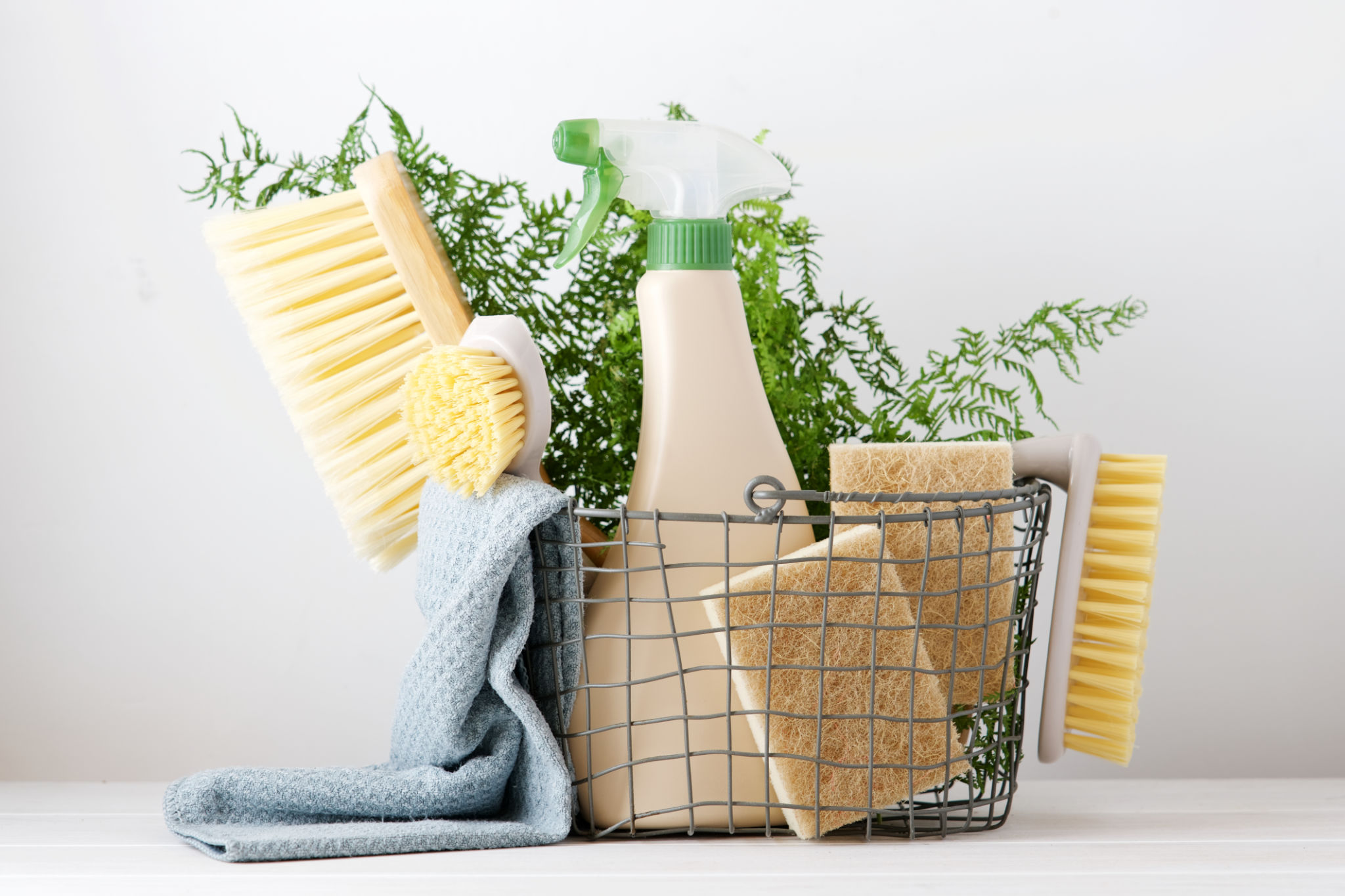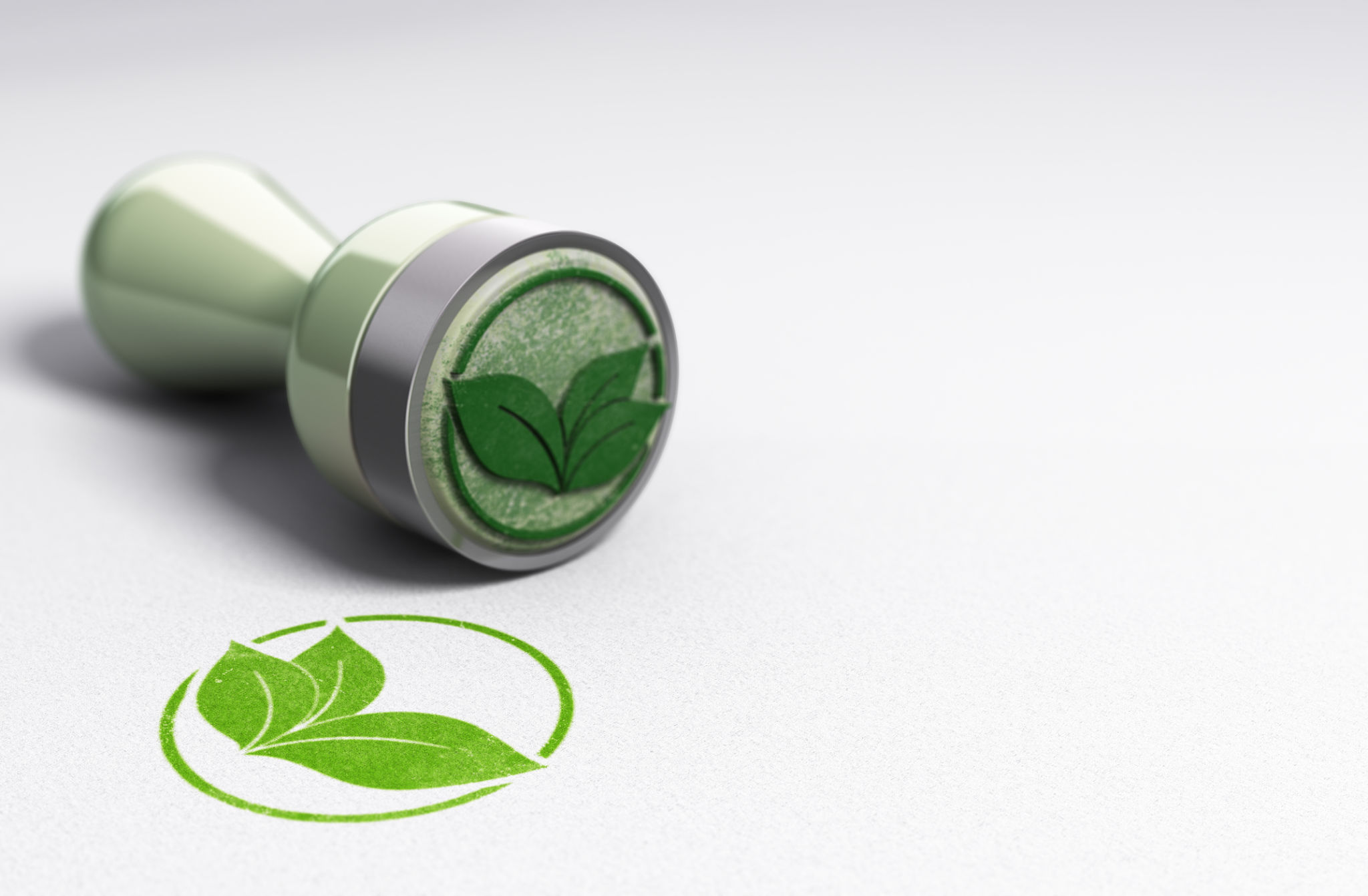Myth-Busting: Common Misconceptions About Green Cleaning Products
Understanding Green Cleaning Products
Green cleaning products have gained popularity as more people become conscious of their environmental impact. However, there's still a lot of confusion surrounding these products. Many myths persist, leading to misunderstandings about their effectiveness and benefits. In this blog post, we'll debunk common misconceptions about green cleaning products and explore why they're a viable choice for both homes and businesses.

Myth 1: Green Cleaning Products Are Less Effective
A prevalent myth is that green cleaning products aren't as effective as their chemical-laden counterparts. This couldn't be further from the truth. Many green cleaning products utilize natural ingredients like vinegar, baking soda, and citric acid that have strong cleaning properties. These ingredients can tackle grime and dirt just as effectively as traditional cleaners.
In fact, some green cleaners outperform conventional products in specific areas, such as removing stubborn stains. The key is to choose reputable brands that prioritize rigorous testing to ensure their products meet high cleaning standards.
Myth 2: Green Products Are Too Expensive
Another common misconception is that green cleaning products are prohibitively expensive. While some eco-friendly options might have a higher upfront cost, they often prove to be cost-effective in the long run. Many green products are concentrated, requiring smaller amounts per use, which extends their lifespan and reduces the frequency of repurchasing.

Moreover, the cost of green cleaning products should be weighed against the potential health benefits and reduced environmental impact. Investing in these products can lead to fewer health issues caused by exposure to harsh chemicals, ultimately saving money on medical expenses.
Myth 3: All Green Products Are the Same
Not all green cleaning products are created equal, and assuming they are can lead to disappointment. The term "green" is not universally regulated, meaning that some products labeled as eco-friendly might not meet the highest environmental standards. It's important to look for certifications from reputable organizations that verify a product's environmental claims.
Consumers should also pay attention to ingredient lists and company transparency. Brands that provide clear information about their ingredients and manufacturing processes are more likely to offer genuinely eco-friendly products.

Myth 4: Green Cleaning Products Have Unpleasant Scents
Some people believe that green cleaning products have unpleasant or non-existent scents. However, many eco-friendly products are infused with natural fragrances like essential oils, providing pleasant aromas without the need for synthetic chemicals.
The variety of natural scents available means there's something to suit everyone’s preference, from refreshing citrus to calming lavender. These natural scents can enhance the cleaning experience while also adding a subtle fragrance to your home.
The Benefits of Choosing Green Cleaning Products
Choosing green cleaning products offers numerous benefits beyond effective cleaning. They contribute to better indoor air quality by reducing the presence of volatile organic compounds (VOCs) found in many traditional cleaners. This is particularly beneficial for individuals with allergies or respiratory conditions.
- Healthier Environment: Reduced exposure to toxic chemicals makes homes safer for children and pets.
- Sustainability: Eco-friendly production processes and biodegradable packaging minimize environmental impact.
- Ethical Practices: Many green brands support fair trade and cruelty-free practices.
By dispelling these myths, we can make informed decisions that align with our values and contribute to a healthier planet.